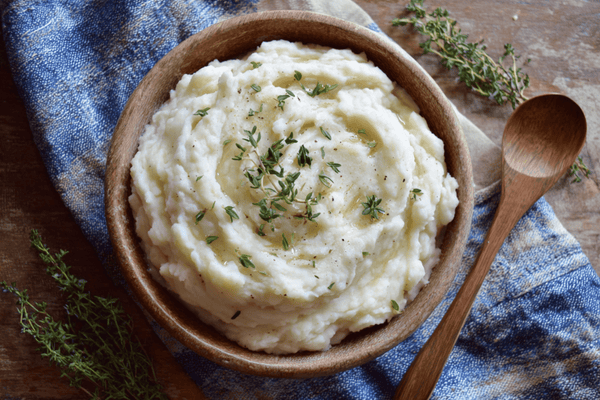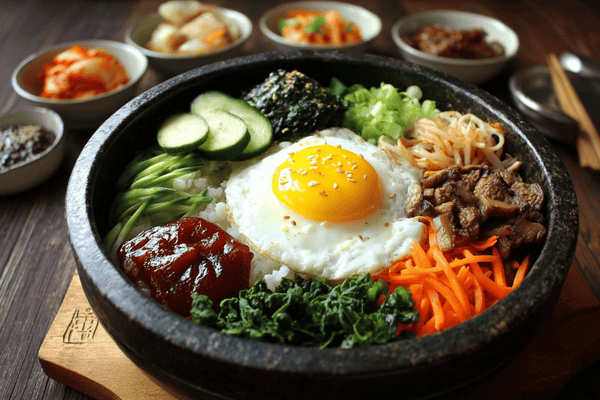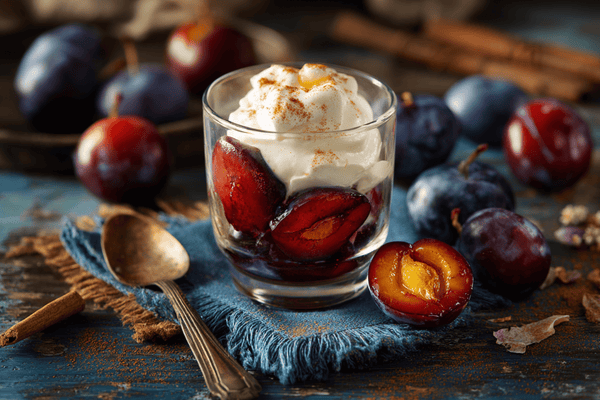
Having a good Japanese knife set is essential and will allow you to complete different food preparation tasks as effectively as possible. But for many people, there is confusion over which knife is used for what. In our Spotlight Series, we have been looking at different types of knives and explaining how and why to use them. Today, we’ll be putting the spotlight on the chef’s knife and telling you everything you need to know about this must-have kitchen utensil.
Table of content
What Is a Chef's Knife?
The chef’s knife finds its origins in the small French commune of Theirs. While this knife can come in varying sizes, it's typically around eight inches in length and used as a multi-purpose tool. A chef’s knife might be made from either carbon steel or stainless steel. For more information on the best steel for kitchen knives, see our guide here.You can easily tell a chef’s knife apart from other types of knives as it features a very prominent point along with a sloped sharp edge. The curve allows you to use the knife with a rocking motion which is something else that it is famed for.
This cutting technique takes its name from the way that the chef’s knife rocks back and forth from the tip to the heel. When you are cutting this way, there is always a different part of the knife in contact with the cutting board. Compare this to the way you would cut with a Santoku knife and it’s easy to see the difference.
What Should I Use a Chef's Knife For?

If you only ever buy one knife for your kitchen, we would suggest buying a chef’s knife as it is about as versatile a tool as you can get. It's excellent for doing smaller and more intricate cutting tasks like julienning, finely chopping herbs and mincing garlic.
But it's also fantastic when it comes to bigger jobs such as slicing meat and chopping larger veggies. Carving meat and removing it from the bone is also easy with a chef’s knife so it’s certainly a tool you’ll want in your kitchen arsenal.
We would suggest also investing in a Japanese paring knife which is ideal for peeling and more delicate tasks but together, they make a mighty pair!
How to Look After Your Chef's Knife
If you’ve decided to invest in a good quality chef’s knife then it’s important to ensure that you take good care of it. One of the most important parts of owning any type of knife is knowing how to sharpen it. Cutting with a dull blade will make life much more difficult, not to mention that it is a serious safety hazard.The best way to hone a chef’s knife is to use a honing rod and sharpen it with a whetstone. It is possible to sharpen your knife using an electric device but you probably won’t get the same precision or sharpness. While manual sharpening does take more effort and time, it’s worth it to keep your chef’s knife in the best condition.
Of course, you could hire a professional knife sharpener to do the work for you. This may be a service that you’ve never even heard of, but there are knife sharpeners all over the place and, all it takes is a quick Google search to find one near you.
As well as sharpening, it is important to take good care of your chef’s knife day-to-day. Whilst some types of steel are suitable for the dishwasher, most knife manufacturers will recommend that you avoid this. There is a chance that the blade will become damaged and if it features a wooden handle, the heat and intensity of the dishwasher will cause damage. It’s best to hand wash your knife and thoroughly dry it before storing it.
You’ll want to make sure that, when using your knife, you aren’t doing it any harm. Over time, it’s natural that the blade will dull and require sharpening but you can slow the dulling process by avoiding cutting on hard surfaces. Glass cutting boards are some of the worst culprits for dulling your blade so try to avoid these where you can.
When storing your chef’s knife, always make sure that the blade doesn’t come into contact with any other blades or items that could damage it. Keeping it in a knife block is the best option, or a case. If your knife set comes presented in one, this isn’t just to make them look good, it offers protection as well.
How to Hold a Chef's Knife

Different knives need to be handled in different ways and what comes as a surprise to many new users is that there is an optimal position for both the knife hand and the non-knife hand. When getting used to your chef’s knife, it can help to practice holding it before trying to cut anything.
The non-knife hand should have the fingers curled under to allow for protection from the blade. At the same time, the thumb and little finger should be placed behind the remaining fingers. The side of the blade should rest against the middle knuckles on the non-knife hand, but be careful not to rest the sharp edge here.
When making a cut, you will need to move downwards using a rocking motion, moving from the tip to the heel. Never make a sawing motion.
The hand that is holding the knife should have a stable grip on the knife. The thumb and the first finger take hold of the blade just past the handle, making the knife an extension of the arm which allows for much greater control of the implement.
It’s important to observe safety and when cutting fruit and vegetables, it is a good idea to first cut them in half before using the rocking motion cutting technique. This will prevent slipping and better anchor the food.


